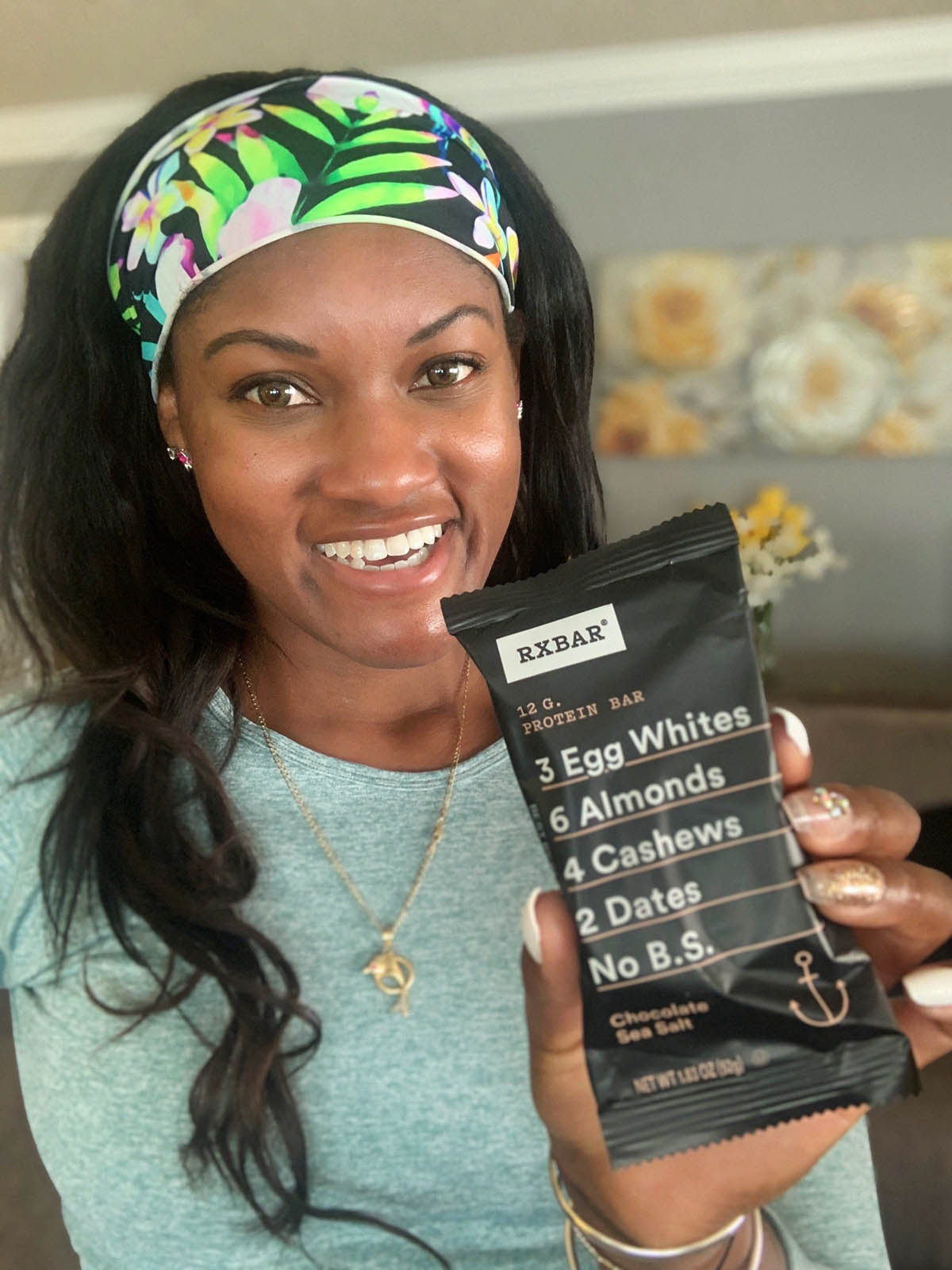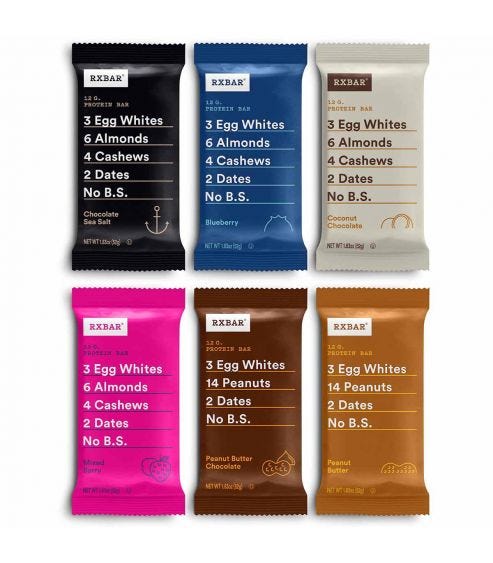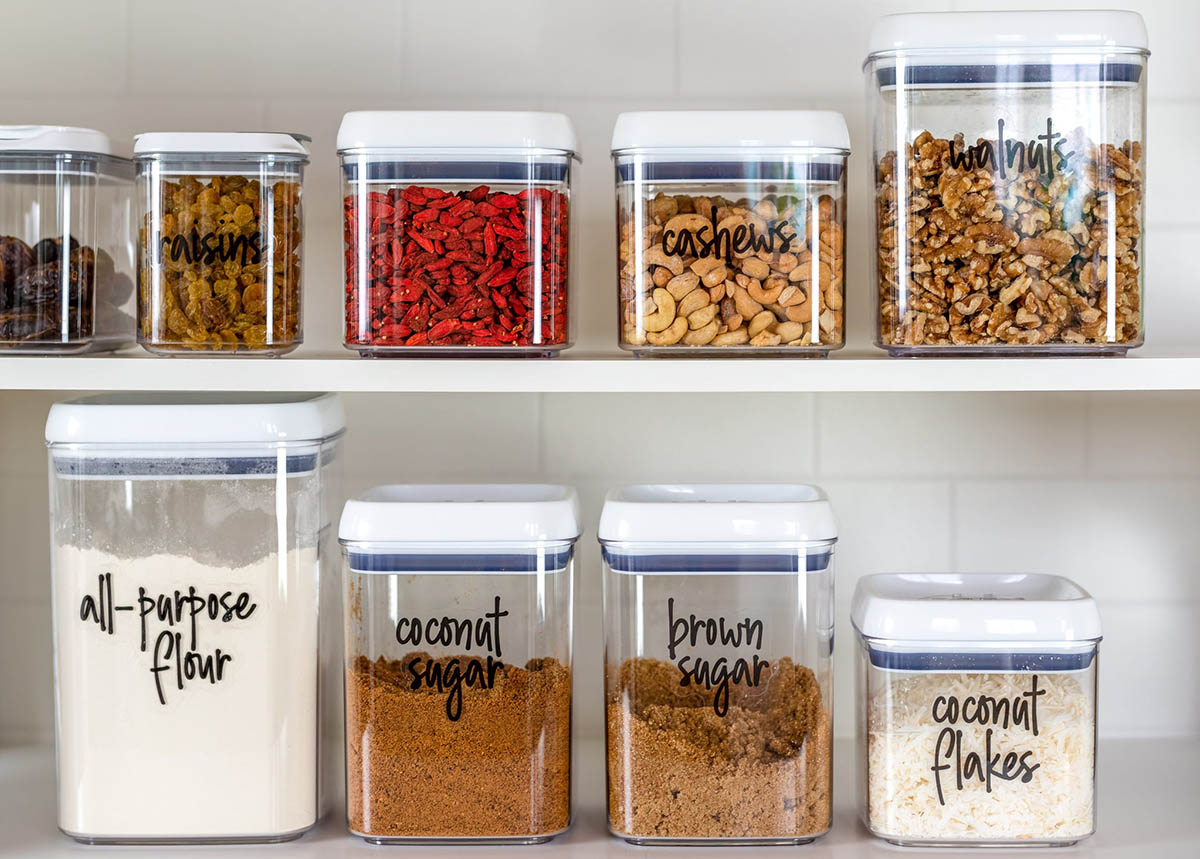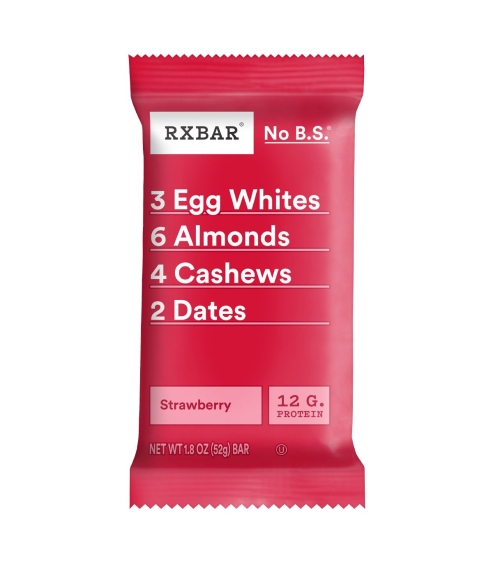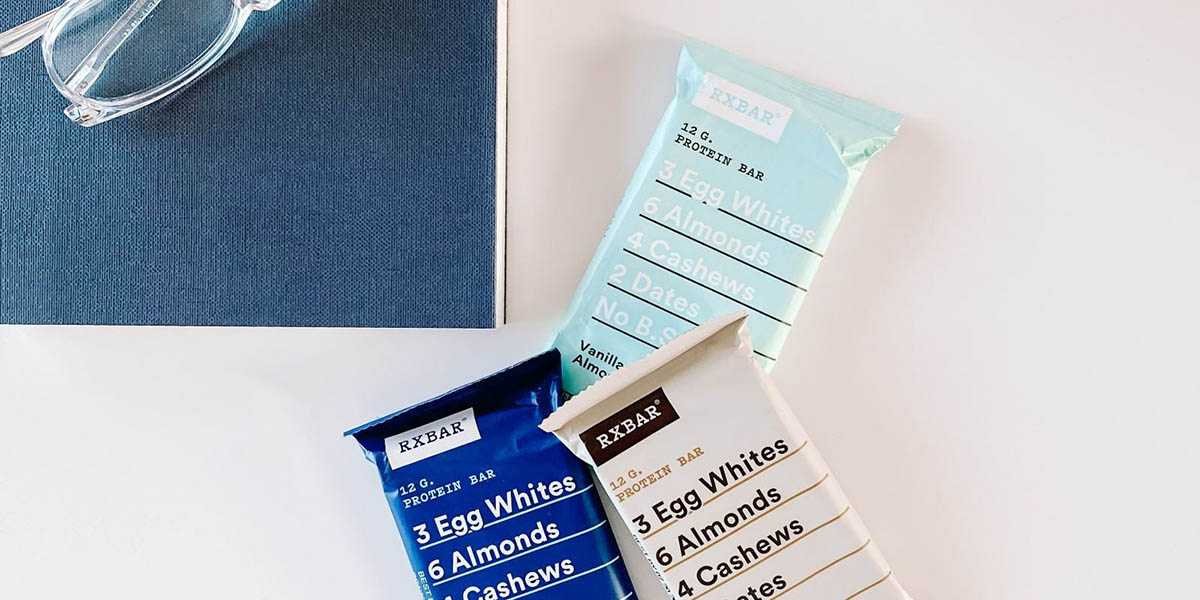
Let me start by saying that I worked in marketing for almost 10 years. A quarter of my life was spent creating ways to make you “connect” to something and then buy more of it. Before transitioning to a Health Coach, I worked in Ad Agencies and then on to brands, like Food Network, Diageo and Comcast. The funny thing about that is now I have kind of become my own little agency, but working this time with brands I know, use and love, like RXBAR.
So - part of my job was to sit in meetings where we literally talked through how to define a brand and how to define how a person would connect to it. That then distilled down into the actual pieces you see and touch - and one of those pieces is packaging, which is what I am here to talk about!
In short - most of the words on a package or label don’t mean much, outside of certifications that are regulated (such as Organic, or Cruelty Free) - but even then - it certainly does not guarantee it is healthy! After all, an organic jelly bean is, well, still a jelly bean!
Food manufacturers have been known to add small amounts of a vitamin, or an antioxidant, or even fruit juice -- to their product, so they can talk about so-and-so having “antioxidants!” on the front and you, my friend, think it is healthy.
I mean, I get it. This is a big money maker nowadays. 73% of consumers seek out foods labeled as “natural,” and 1 in 5 consumers are willing to pay more for “natural” products.
Alright, so in this post - I want to break down how you should approach a label, what you should look for, and some of the ways us marketers get you to believe what you see is what you need. For the purpose of this post, we’ll be talking about this from a wellbeing perspective, though I imagine this certainly happens in every industry.
Read the Back, First
Outside of the brand name and what the food actually is, the front label does not help you! Once you determine that you are picking up what you intended to pick up (ie black beans) - turn that sucker over. The back label is where you will find everything you need to actually determine what is in the food, or what you are interested in.
Of course, you can do this research on your own, in person, by simply looking at the front of a package and all of its “healthy” claims, and then reviewing the back to see it’s ingredients and nutrient amounts. I also found an article where research was done in person in 2010 (it’s 10 years ago but still valid):
- At 4 local grocery stores in North Dakota, 56,000 food labels were reviewed. 49% of them had some type of nutrition marketing on the label
- From those 27,440 labels that had nutrition marketing, 13,171 were high in saturated fat, sodium, and/or sugar.
Colby S., Johnson L. Nutrition Marketing on Foods Labels. Journal of Nutrition Education and Behavior. 2010;42(2):92-98
It’s been happening forever, not just since wellness became trendy in the last few years!
Here’s the beautiful thing about RXBAR - their front label includes their core ingredients, not marketing speak. The full list of ingredients is on the back, but this is an awesome way to get an idea of what you are eating from first glance instead of getting marketing messages from the brand.
Now look at the Front of the Package
There are a few things we want to look at here. 1. The product you want to purchase. (Salsa, check) 2. The brand name you want to purchase (if that is a purchase driver for you) and 3. Any marks that you especially need for dietary or personal reasons - ie, do you need to be gluten-free? Once you’ve determined the 3 things you want, which should happen rather quickly, you can move on to the back.
What Do Some of Those Front Package Claims Mean?
First, there are some that actually have to follow a guideline. Below are the claims that have some sort of boundaries associated with them:
- Low calorie: 40 calories or less per serving
- Calorie free: Oh, get this -- it can still have calories! Just has to have less than 5 per serving.
- Reduced: At least 25% less of the specified nutrient or calories than the usual product
- Good source of: Has at least 10-19% of the Daily Value of a vitamin or nutrient per serving
- Fat free/sugar free: Less than ½ gram of fat or sugar per serving
- Low sodium: 140 milligrams or less of sodium per serving
- High in: Provides 20 percent or more of the Daily Value of a specified nutrient per serving
What about Organic?
Well, this needed its own section! Now, this is defined by the USDA. They say that Organic plant foods are produced without using most conventional pesticides, fertilizers made with synthetic ingredients or sewage sludge, bioengineering or ionizing radiation. Organic meat, poultry, eggs and dairy products come from animals that are given no antibiotics or growth hormones. That’s all good. It is my opinion that if you are looking for a whole food (ie a food that is just a single thing) - if the claim is that a food is organic – keep in mind that this claim can also be a part of describing processed foods aka glorified junk food. Like, a jelly bean is still a jelly bean. Am I happy it is made with organic sugar, well, yes, and usually when something is labeled as organic, I find it may have less or zero of some things I want to avoid such as colors and dyes. But - you know, it’s still a jelly bean, or a potato chip, or a cookie - so keep that in mind!
Did you know that there are three levels of organic claims for food?
- Organic: This is the one you most likely see. This means that the product has at least 95% of its ingredients that are organic. It will have this claim plus a USDA Organic seal. ● 100%Organic: These products are completely organic, made only of organic ingredients.
- Made with Organic Ingredients: Here, at least 70% of the ingredients arecertified organic. The USDA organic seal won’t be used here but "made with organic ingredients" is something you might see.
https://www.usda.gov/media/blog/2014/05/16/organic-101-understanding-made-organic-label
Some other food labels that need debunking
And then, there are claims that don’t really mean a whole lot. I find these to be the most widely used, too!
- NATURAL - I’m sure we can all define this in our own minds - but you’d be surprised to find out that as of now, the FDA has no rules for using this word on a label. The USDA has some guidelines, in which they say natural is “a product containing no artificial ingredient or added color,” which “is only minimally processed.” But, what really makes you LOL is that according to both agencies, meat that was produced using hormones and antibiotics is still considered natural, somehow. The other question is how this can be enforced when there are no guidelines for how the food is grown, raised, or processed.
- WHOLE - To ME, a whole food is just that. A food in its whole form, free of additions or processing. Well, also to me - I am okay with saying something is still a whole food if it was simply ground up or broken down in some way to make it more usable. Obviously, this word can leave some room for interpretation.
- MULTI-GRAIN - This can be harmless, but most of the time we confuse it for “whole grain” which is what we strive for. In a multi-grain situation, there are several kinds of grain used - so make sure whole grain is listed first on the ingredient list. This really is not an issue in my mind outside of it being confusing if you don’t know the difference between whole grain and multi-grain - it can be sneaky!
- FAT/SUGAR FREE - I want to go back to this one because I think we can automatically assume that this label means that something is “healthy”. It’s sometimes the case, but not always, or probably even often. When something is reduced - it’s often replaced to make sure the flavor is still amazing. For example,when fat is reduced - usually sodium or sugar are added in its place. When sugar is reduced - make sure there is not a chemical or fake sugar added in its place. This is where the back label comes in handy - look through the ingredient list and make surethose ingredients are what you want to eat. One example of this working in my favor is a Marinara Sauce I usually buy. I get it “Fat Free” simply because it cuts back on the oil added and I don’t need the oil. However, there is no sugar added and the ingredients are still awesome.
- MADE WITH REAL FRUIT - Oh my gosh, this one drives me crazy! Yes, even though something is made with real fruit (though it might be a very small amount!!) it does not mean it doesn’t have artificial flavors or added sugar. It’s like they are trying to scream “we’re healthy” to cover up a pile of sugar! :-P
- Some other random words that mean nothing BUT MAKE YOU THINK they are healthy: “simple”, “harvest”, “farm”, “nature”...
So now let’s check out that Ingredient List
Did you know? The ingredients, by law, have to be listed in order of the amount. So if something is mostly water - well, that will be listed first. If the first ingredient is sugar, or canola oil, or an ingredient you can’t pronounce - that could be a problem if you weren’t expecting it by the way the front of the package was labeled.
When you read the list - do you understand what every ingredient is? Is it all pronounceable and can you buy it in its whole form? Though most things with ingredients are processed in some way, I like to make sure that the list is SIMPLE, that I can understand it, and that there are not too many additions for color, flavor or preservation.
Specific things I try to stay away from are:
- Lots of sugar, added sugar, fake sugar
- Refined oils like sunflower, safflower, canola
- Colors, dyes, flavoring agents that are not natural
- Words I cannot pronounce :)
Remember Your Serving Size when you are Reviewing the Percentages
Keep in mind that your serving size might be less than what is recommended on the label, it also might be more! And that’s where you might find yourself in a bit of a jam. When you are looking at Calories, Protein, Fat, even Sugar - look at the Serving Size and determine if that is actually what you’ll be having.
I hope this is a helpful starting point to being your own food detective. It might take you a few practice runs before this just becomes second nature. Ultimately it takes the power out of the food manufacturers’ hands and into yours -- where it should be!
Disclaimer: Our content is provided for entertainment and general information about or related to our products and is not offered as a healthcare service. To help you assess, measure, improve, or learn about mental and physical health, please seek advice from a qualified health professional.

